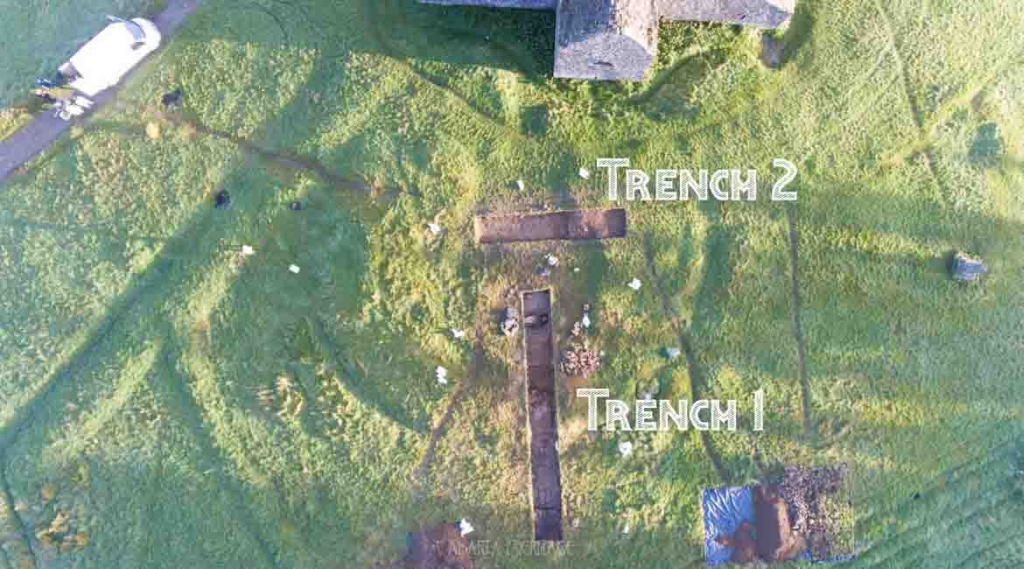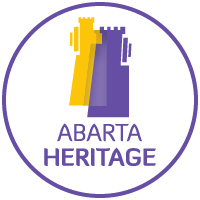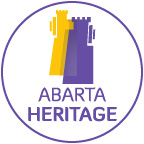During the Hellfire Club dig we employed a variety of archaeological excavation methods to help us uncover the story
In this short article, we will take a look at the archaeological excavation methods that we employed to discover more about the story of the Hellfire Club and Montpelier Hill.
The archaeological excavation at the Hellfire Club in 2016 was just part of a multi-phased project to understand the site. The previous phases included research, non-intrusive survey methods like geophysics and LiDAR, and a small programme of hand-excavated test-trenches. Along with input and advice from an expert steering committee, these phases informed the larger dig in October 2016. This allowed us to plan our archaeological excavation strategy carefully to give us the best chance of retrieving the most amount of information about the site while not causing too much disturbance to the monument.
As with all archaeological excavations in Ireland, this dig was carried out under licence. The licence was issued by the National Monuments Service and National Museum of Ireland.
The specific aims of this programme of archaeological excavation was to:
- Examine the nature of the monument DU025-001001 and to seek to conclusively identify what the monument originally was.
- To establish the condition and preservation of below-surface archaeological features
- To accurately assess, record, sample and excavate all archaeological contexts encountered.
- To identify and retrieve material for dating purposes to better understand the chronology of the monuments located on Montpelier Hill, and to contribute towards the overall chronological understanding of megalithic tombs in Ireland.
- To carry out an accessible archaeological excavation that would help to raise awareness, engage and educate the general public, particularly local schools, about the practice of archaeology, and to help to tell the story of Montpelier Hill and the Dublin Mountains.
This short video describes the archaeological excavation methods used as part of the Hellfire Club Archaeological Project. This film is best enjoyed in full HD.
Our archaeological excavation strategy was to dig two trenches, each with its own specific role.
Hellfire Club Excavation Trench 1
Trench 1 was orientated north–south and measured 15m long x 2m wide. The purpose of Trench 1 was to assess what the large mound at the rear of the Hellfire Club was made of. To evaluate if it did indeed represent the damaged remains of a megalithic tomb, or whether in fact it was a large 18th century spoil heap and quarry pit. Although the geophysical survey looked very promising for the potential of archaeological layers to be present, until we excavated the trench we couldn’t conclusively know for sure.
Hellfire Club Excavation Trench 2
Trench 2 was orientated east–west and measured 10m long x 2m wide. This trench was placed close to the Hellfire Club building, in an area where the mound was barely perceptible as it had been wholly removed. The primary purpose of this trench was to see if any archaeological features remained at the place where the site was most damaged by the quarrying in the 18th century.

Please continue to the next page for more information about the archaeological excavation strategy.

